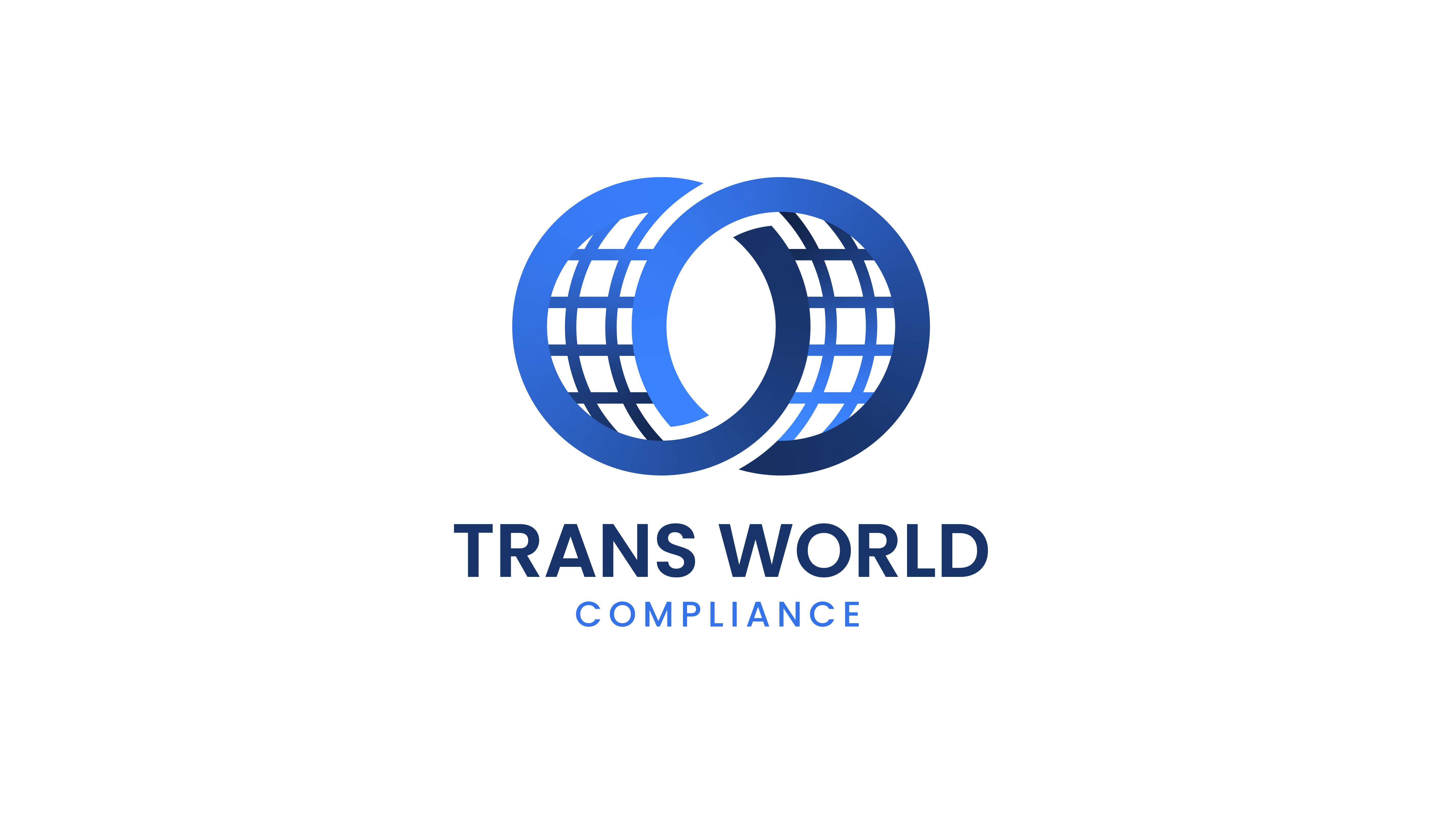Toyota's Clean Air Act violations: a decade-long non-compliance
In a significant development, the U.S. Department of Justice and the U.S. Environmental Protection Agency (EPA) have announced the settlement of a civil lawsuit against Toyota Motor Corporation. The lawsuit alleges systematic and longstanding violations of the Clean Air Act's emission-related defect reporting requirements. The settlement involves a $180 million civil penalty and injunctive relief measures. This case marks a significant milestone in environmental enforcement and sends a strong message about the importance of compliance with environmental regulations.
Understanding the Clean Air Act and Emission-Related Defect Reporting
The Clean Air Act is crucial legislation to safeguard public health and the environment from harmful air pollutants. Among its requirements are emission-related defect reporting provisions. These provisions mandate that manufacturers report potential defects and recalls concerning vehicle components that control emissions. Timely reporting plays a vital role in addressing emission-related flaws promptly.
Alleged Violations by Toyota
The lawsuit against Toyota covers the period from around 2005 to late 2015. During this time, Toyota is accused of systematically violating emission-related defect reporting requirements. Specifically, the company failed to file Emissions Defect Information Reports (EDIRs), Voluntary Emissions Recall Reports (VERRs), and quarterly reports as required by the regulations. Toyota's decision to deviate from the standard and primarily file EDIRs when triggered by California reporting requirements, despite EPA's rejection of this approach, is a key point of contention.

Consequences and Impact of Toyota's Non-compliance
Toyota's failure to comply with emission-related defect reporting requirements had several adverse consequences. The potential delays or avoidance of recalls resulted in extended periods during which vehicles with emission-related defects remained on the road. This affected public health and allowed Toyota to gain financial benefits while shifting costs onto consumers. Moreover, excess air pollutant emissions occurred due to the company's non-compliance.
The Settlement and Its Significance
The U.S. government reached a settlement with the company to address Toyota's alleged violations. Toyota agreed to pay a $180 million civil penalty, the largest ever imposed for violating EPA's emission-reporting requirements. Additionally, injunctive relief measures were imposed on Toyota, including compliance and reporting practices, training, communication, and oversight requirements. The settlement is subject to public comment and court approval, ensuring transparency and accountability.

Implications for Environmental Enforcement
The settlement between Toyota and the U.S. government holds broader significance for environmental enforcement efforts. It demonstrates the U.S. government's commitment to rigorously enforcing environmental laws and regulations. This settlement serves as a deterrent by holding Toyota accountable, emphasizing the importance of compliance with emission-related defect reporting requirements. Such measures are essential to protect human health and the environment from harmful air pollutants and encourage responsible practices within the automotive industry.
Conclusion
The settlement reached between the U.S. government and Toyota regarding Clean Air Act violations is a noteworthy milestone in environmental enforcement. It highlights the consequences of non-compliance with emission-related defect reporting requirements and underscores the commitment to safeguarding public health and the environment. Moving forward, such settlements will serve as reminders to companies across industries that adherence to environmental regulations is not optional but essential. We can create a cleaner and healthier future for all by upholding strict compliance standards.





